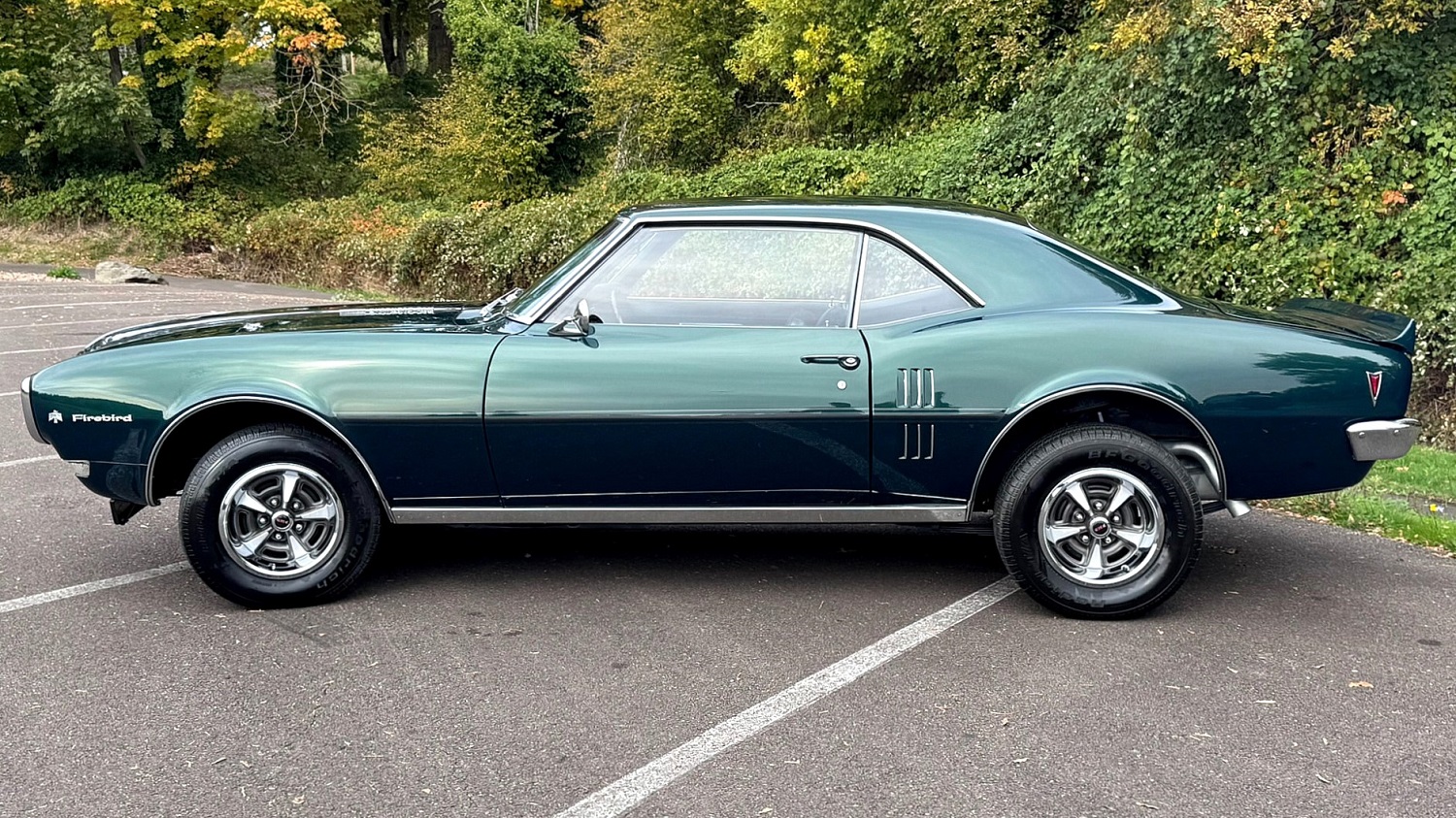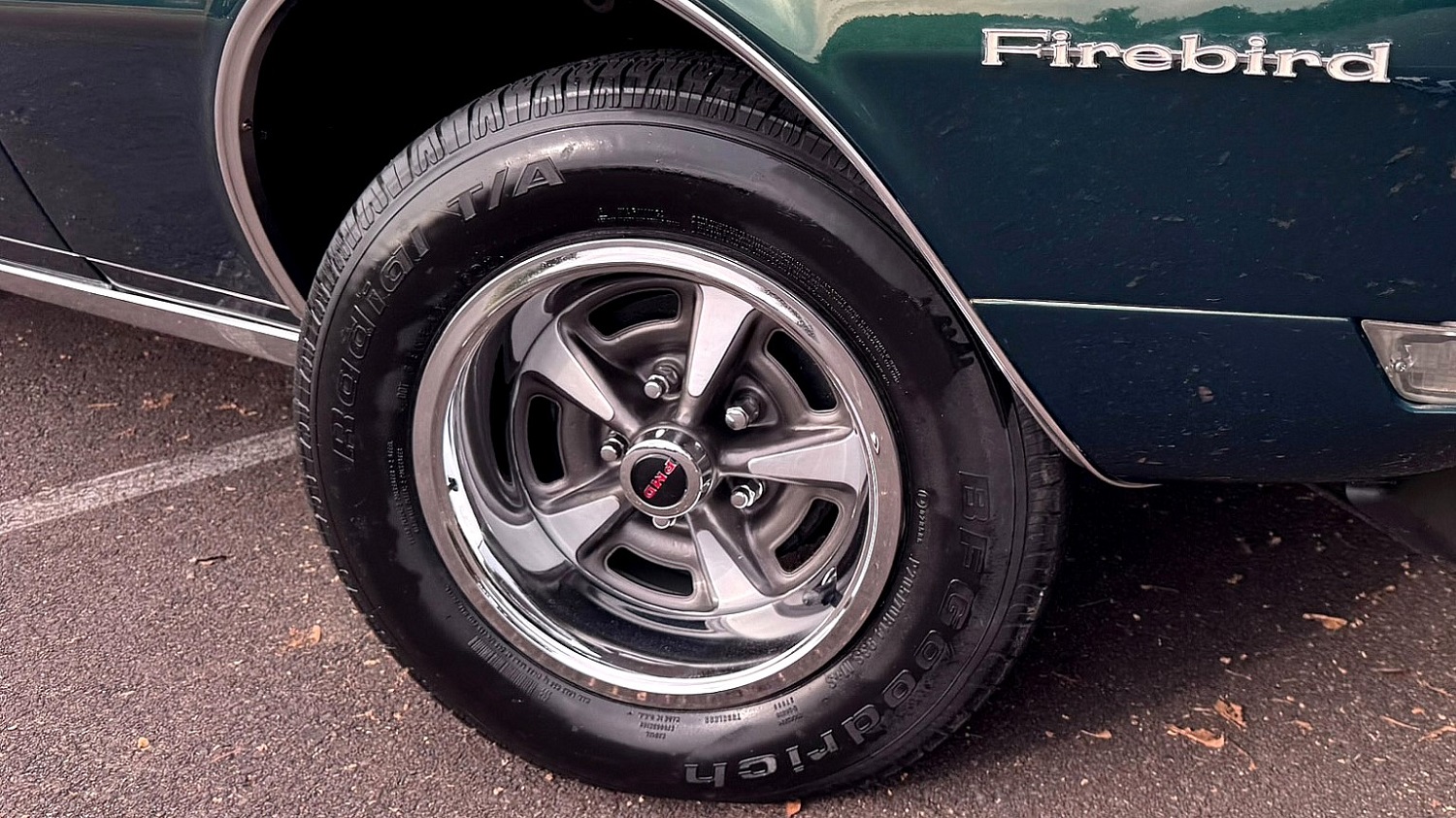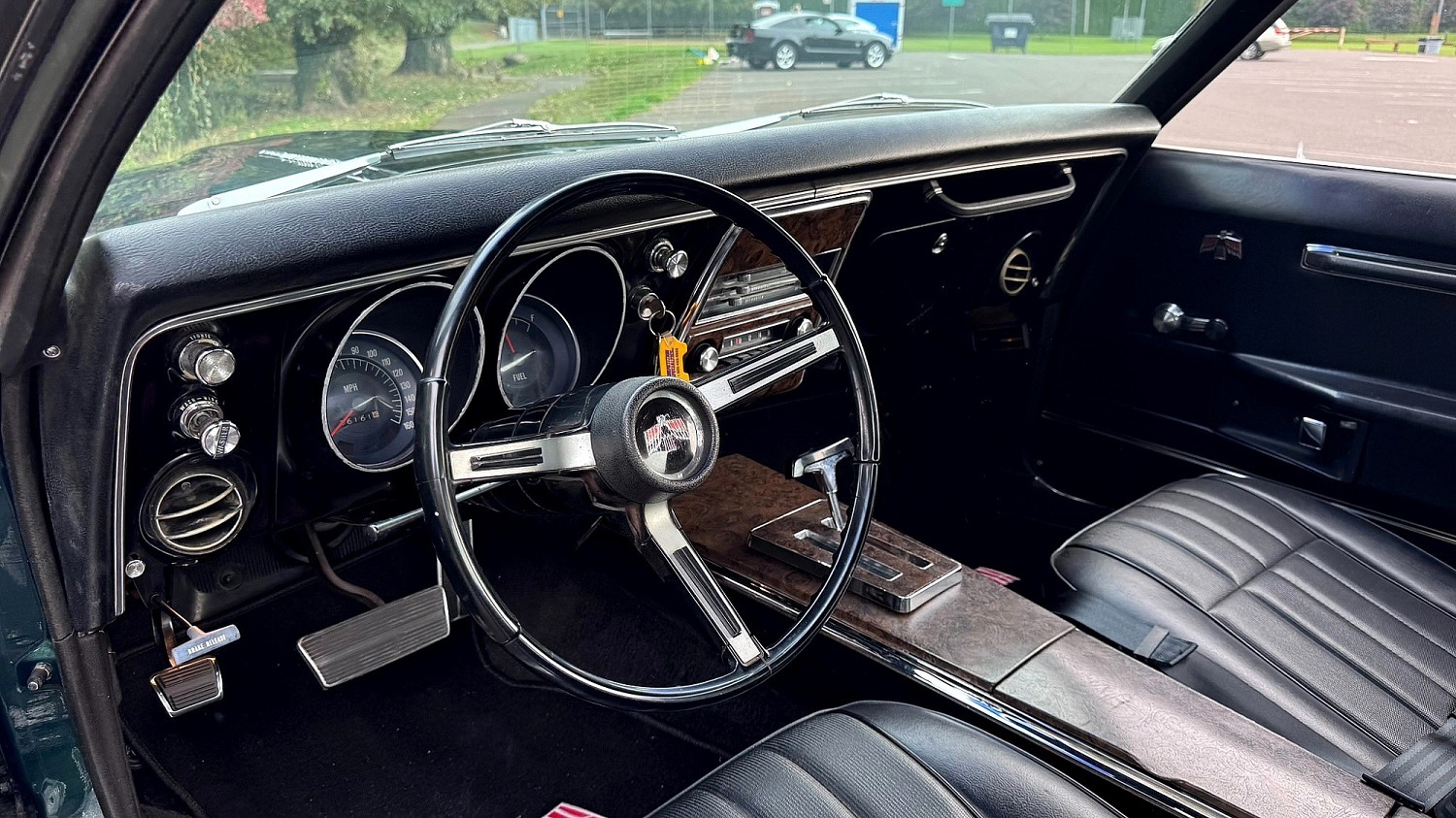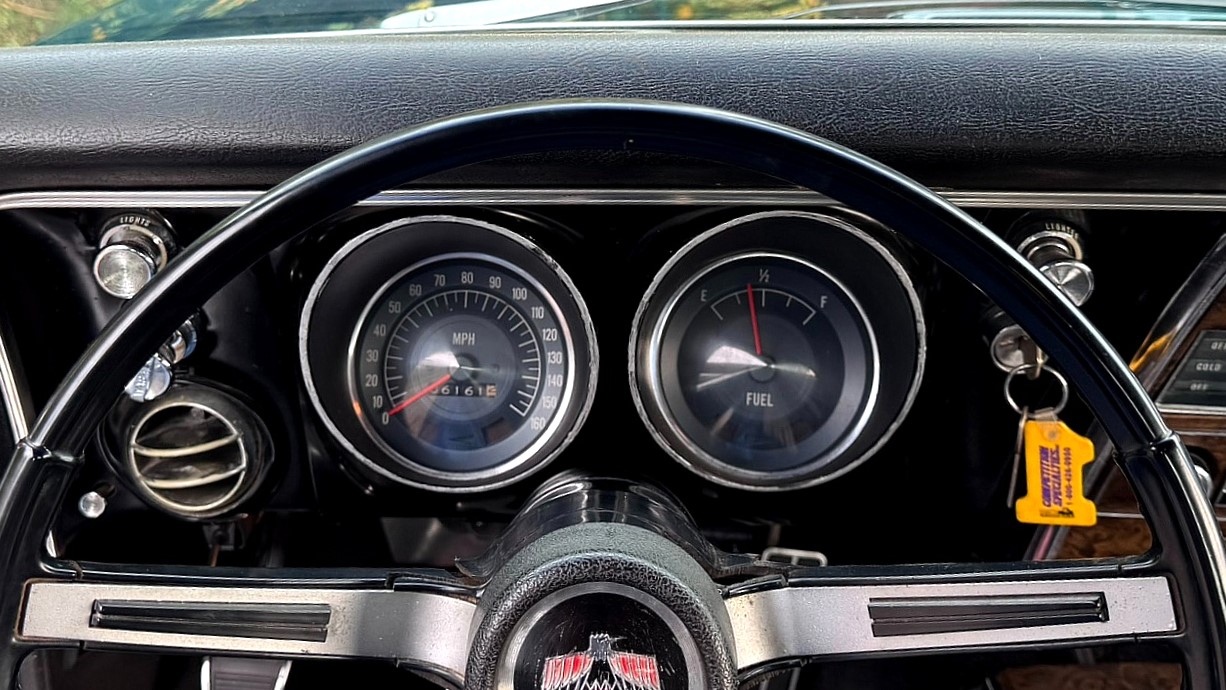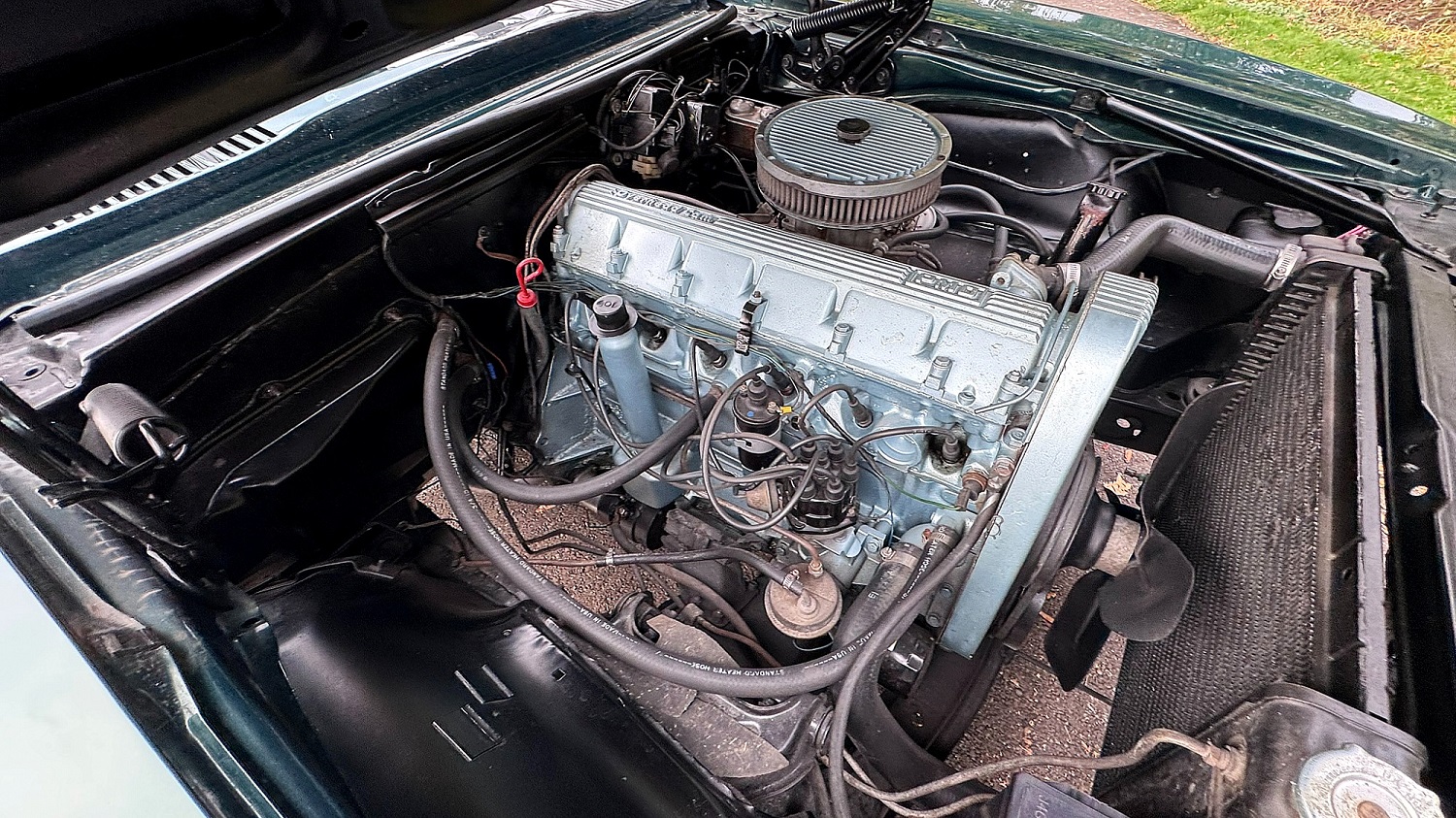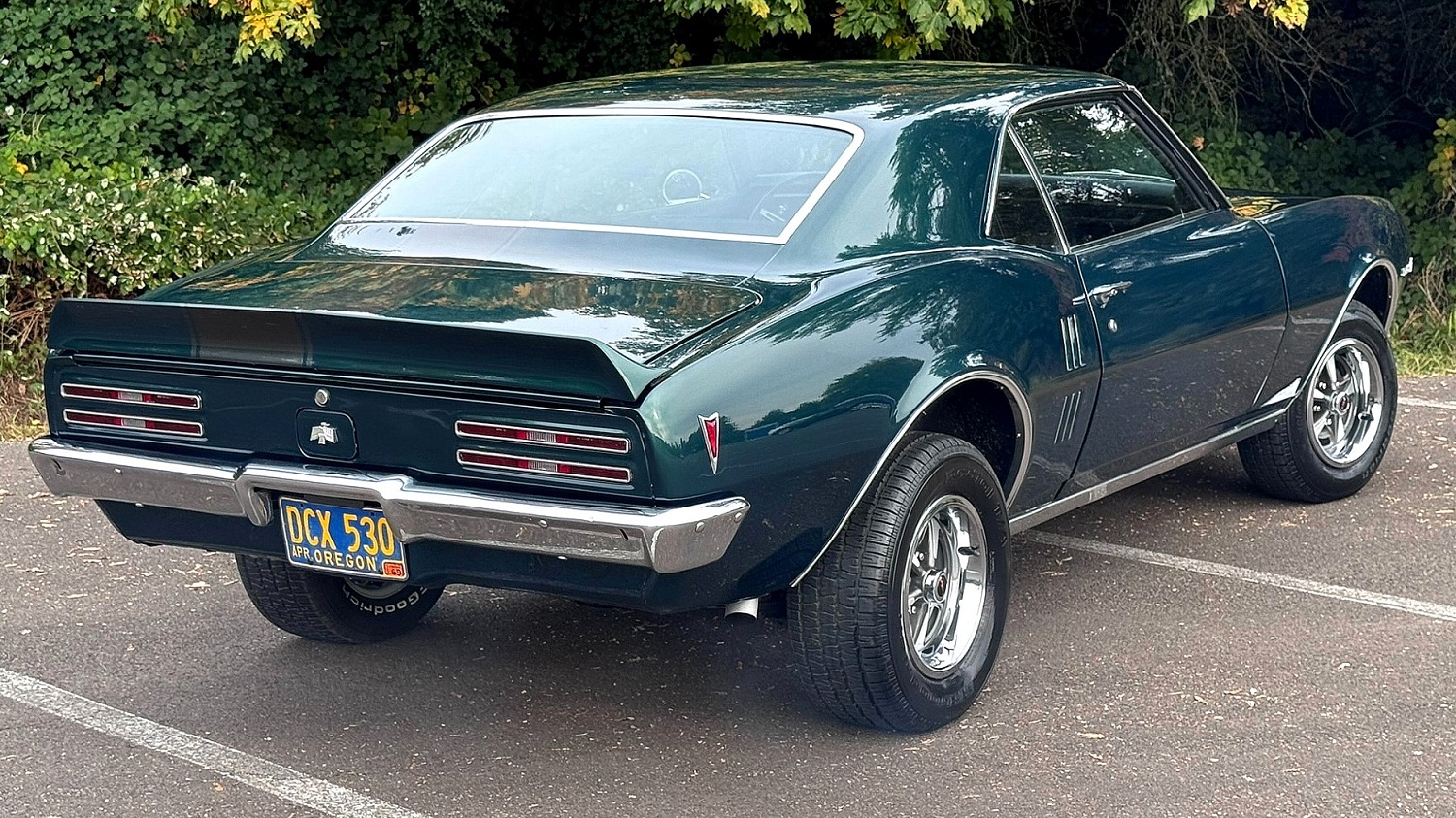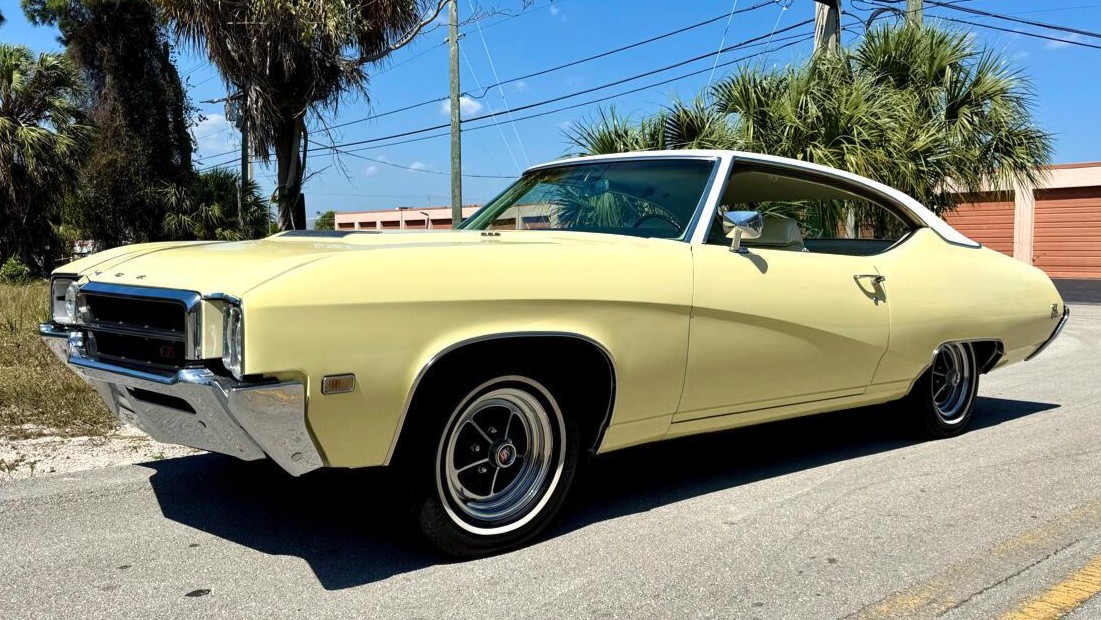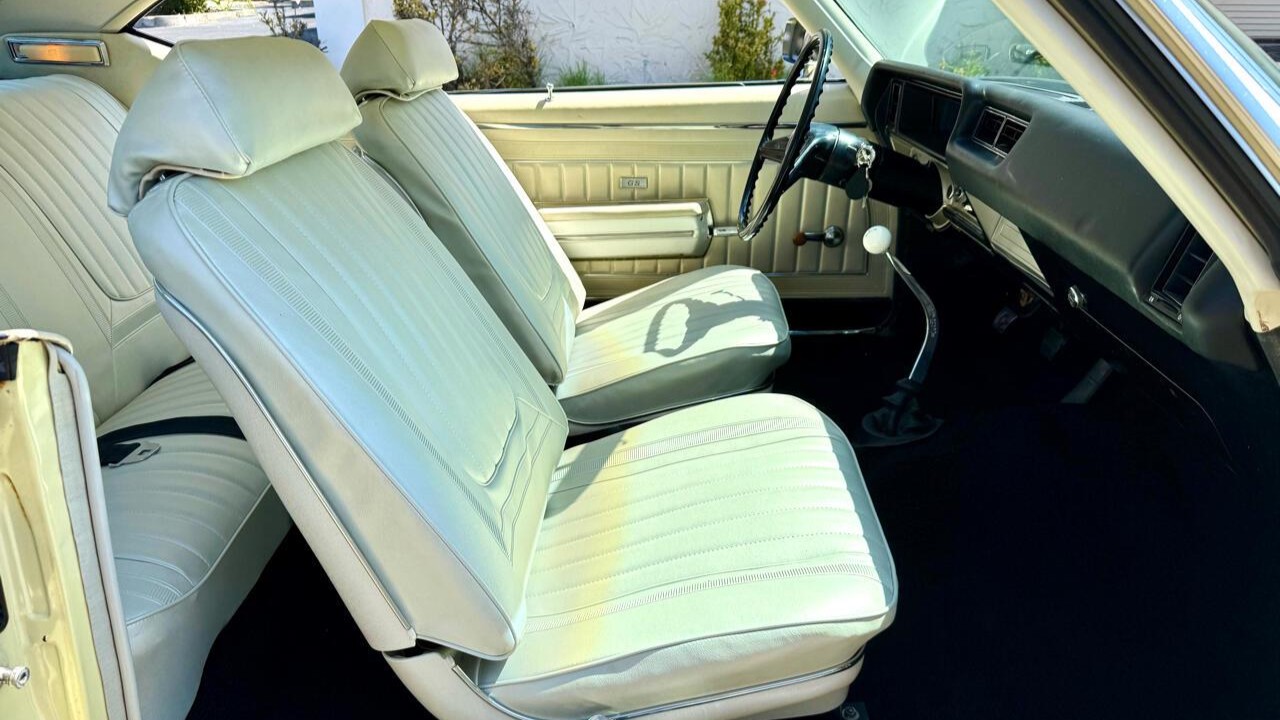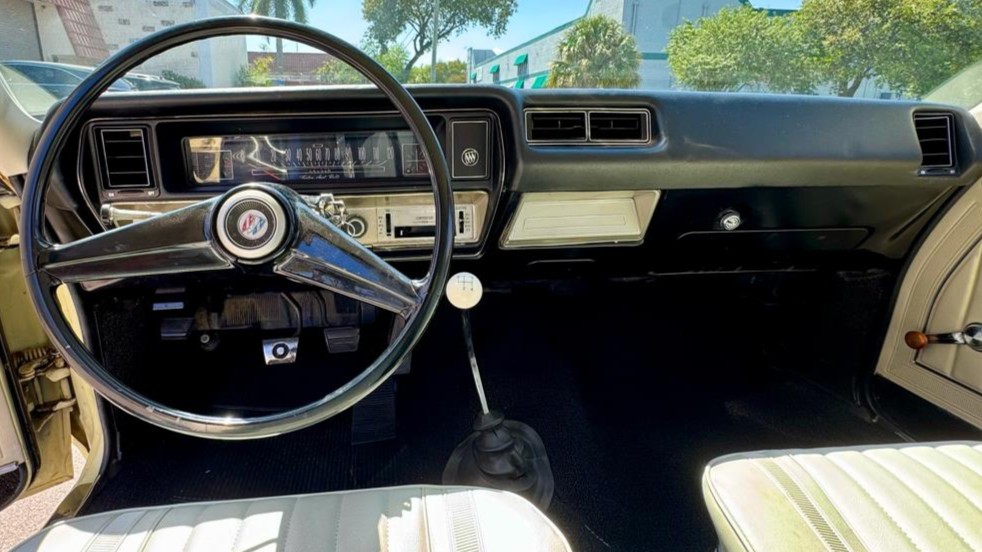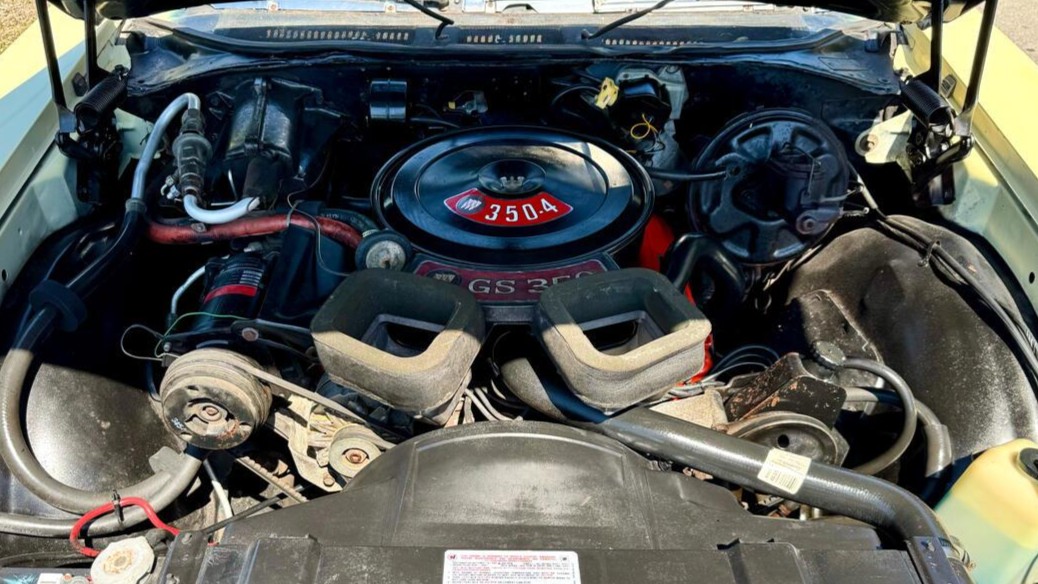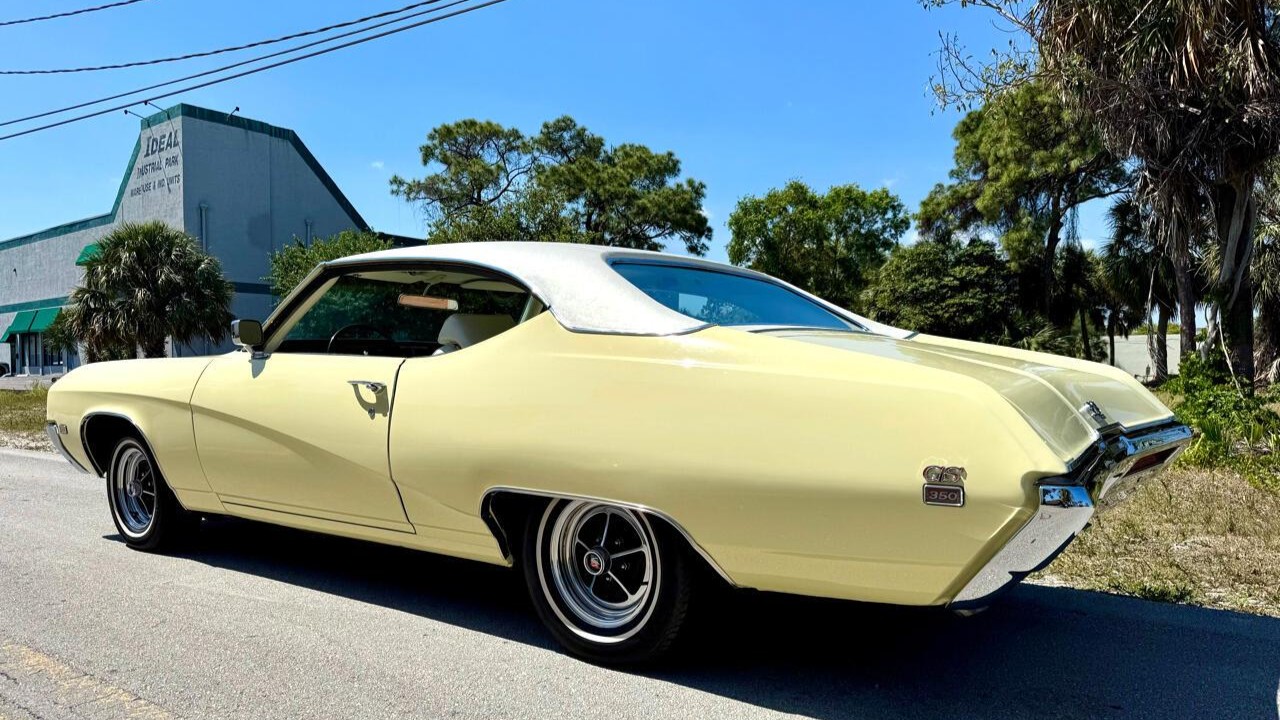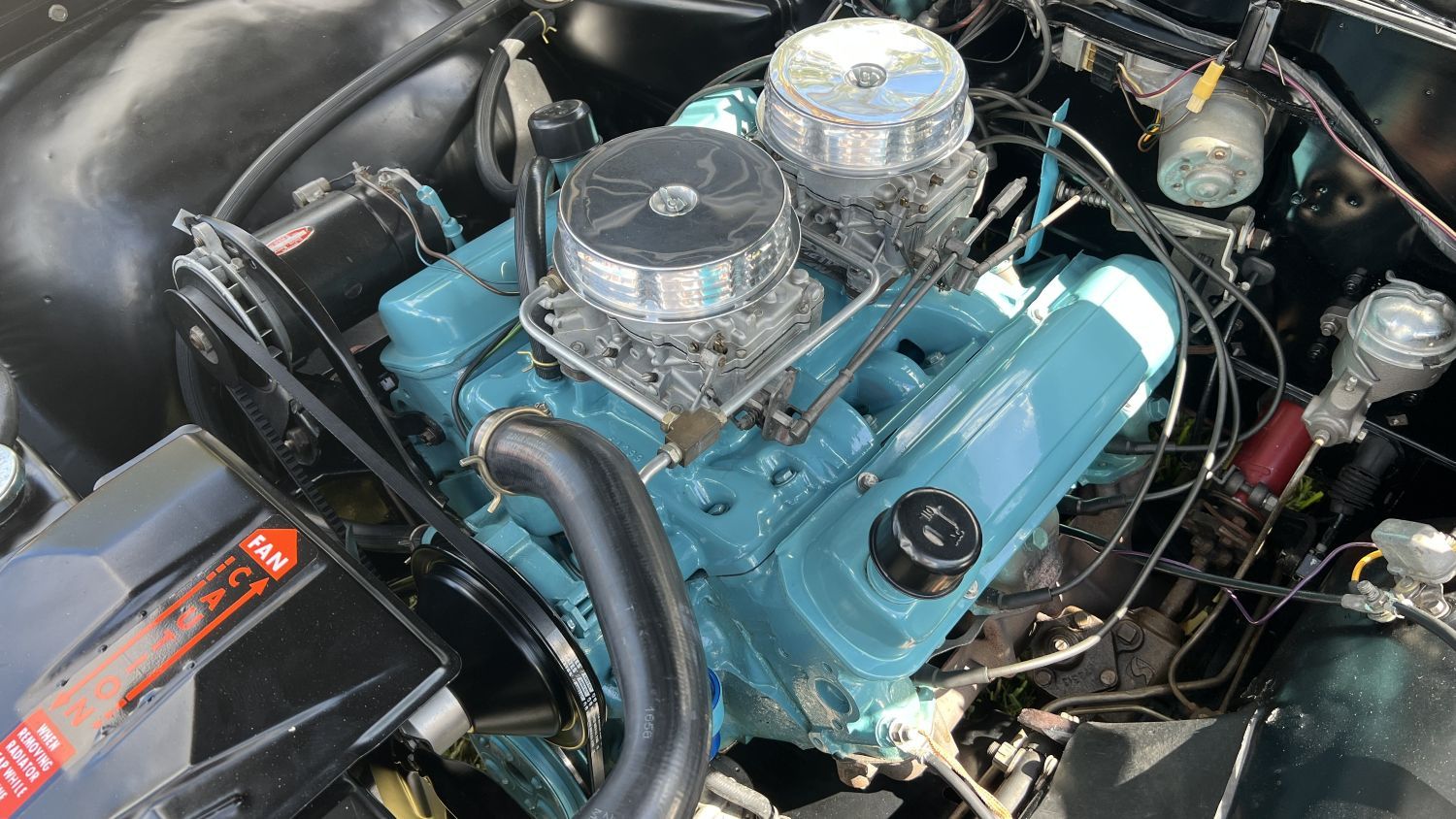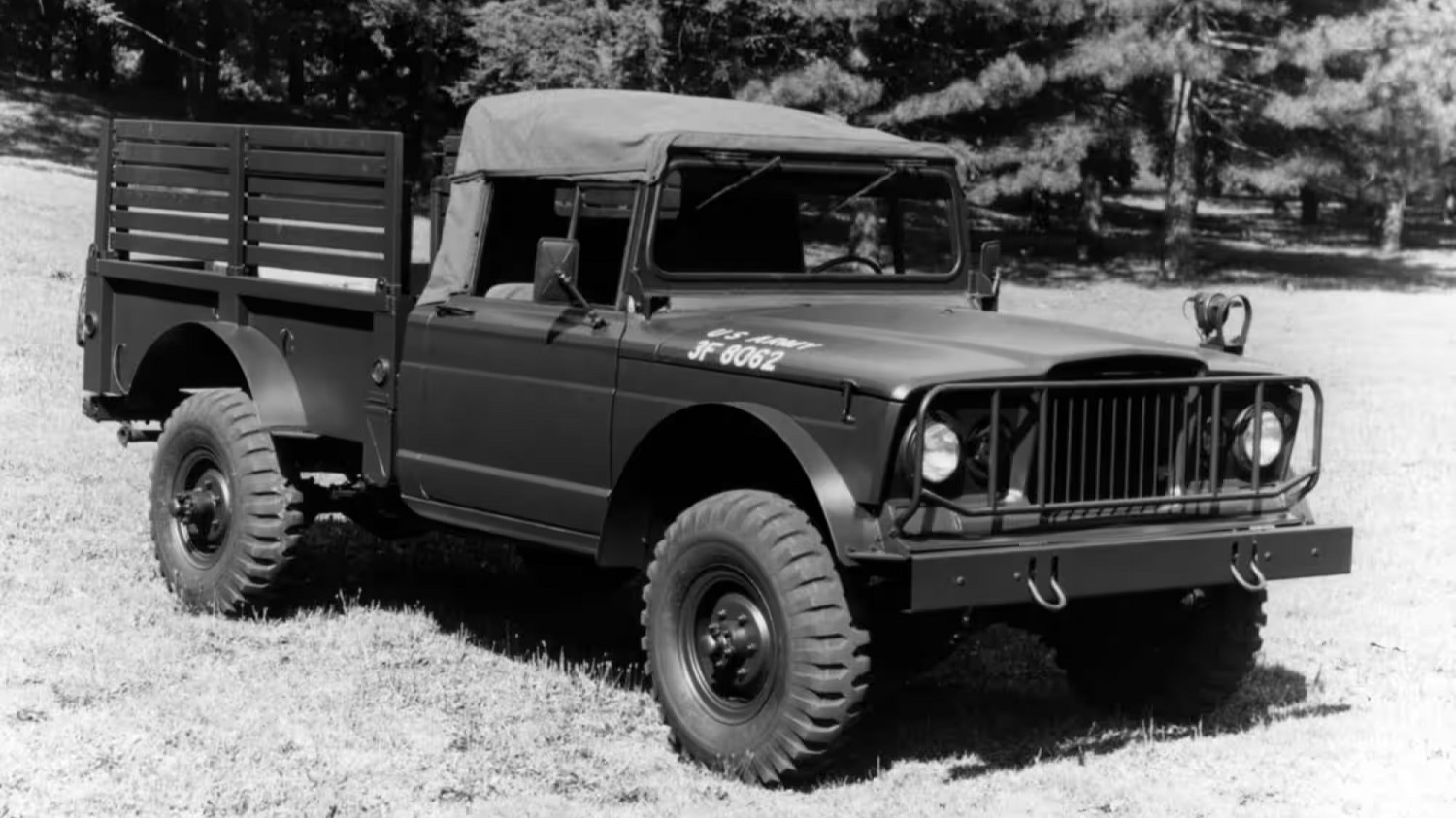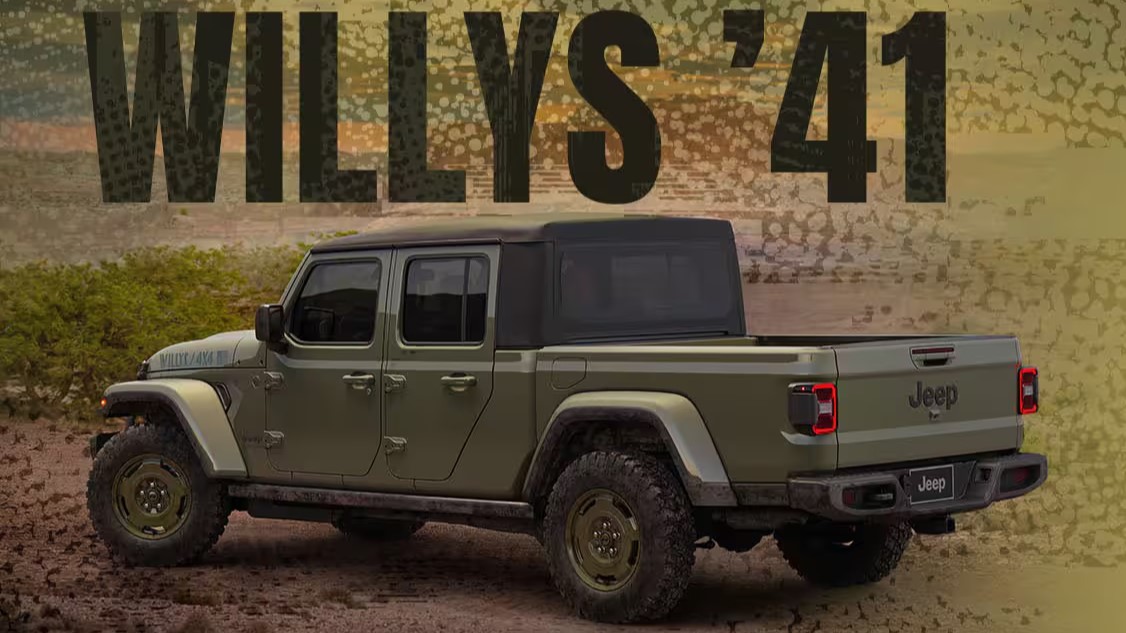If you’re reading this, you’ve managed to drink enough coffee to counteract all the turkey and high-carb sides of Thanksgiving! Congratulations—and welcome back to The ClassicCars.com Journal. You’re just in time for another installment of Car Connections. I make the Random Word Generator spit out a few words, then I find ways to link each of them to automobiles.
Today’s words are: meat, stuff, and glow. Here we go.
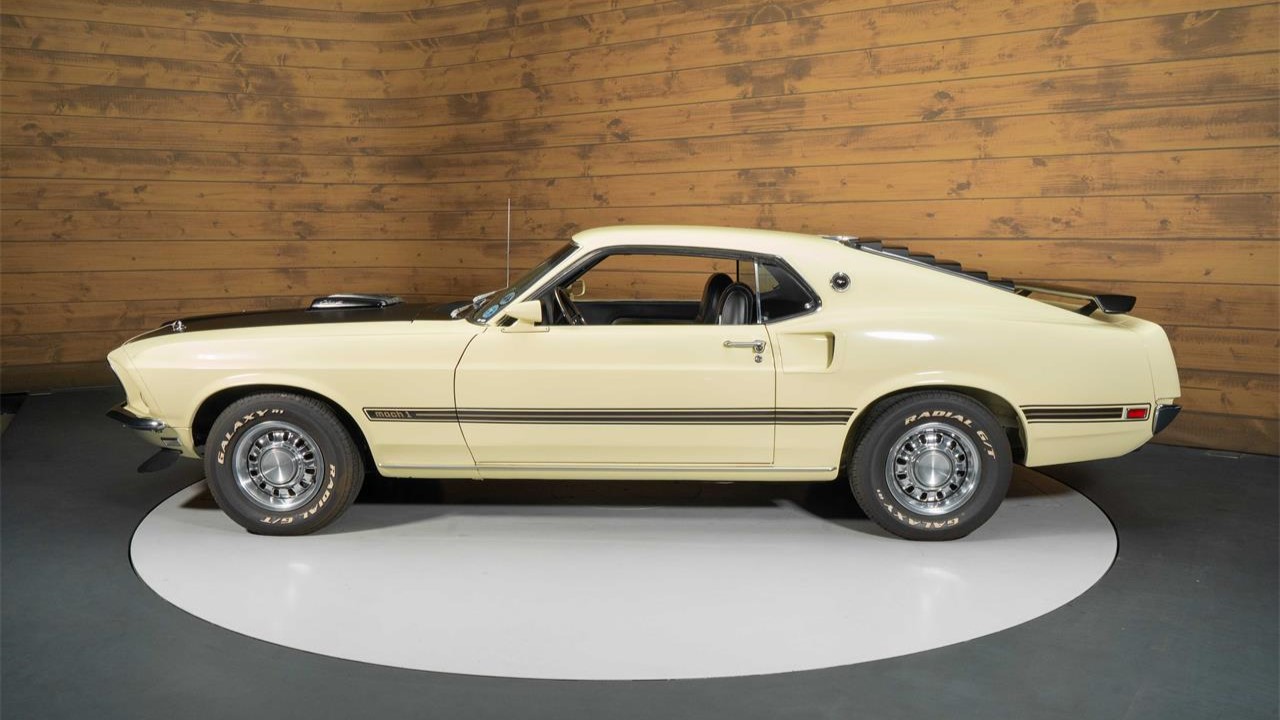
Meat: What kills me about some restomods is that they have over-sized wheels with rubber bands for tires. One of the things that makes classic American cars, such as the Ford Mustang and Pontiac Trans Am, look so great is their proportions—including those of their wheels and tires. A nice meaty sidewall helps keep things in balance.
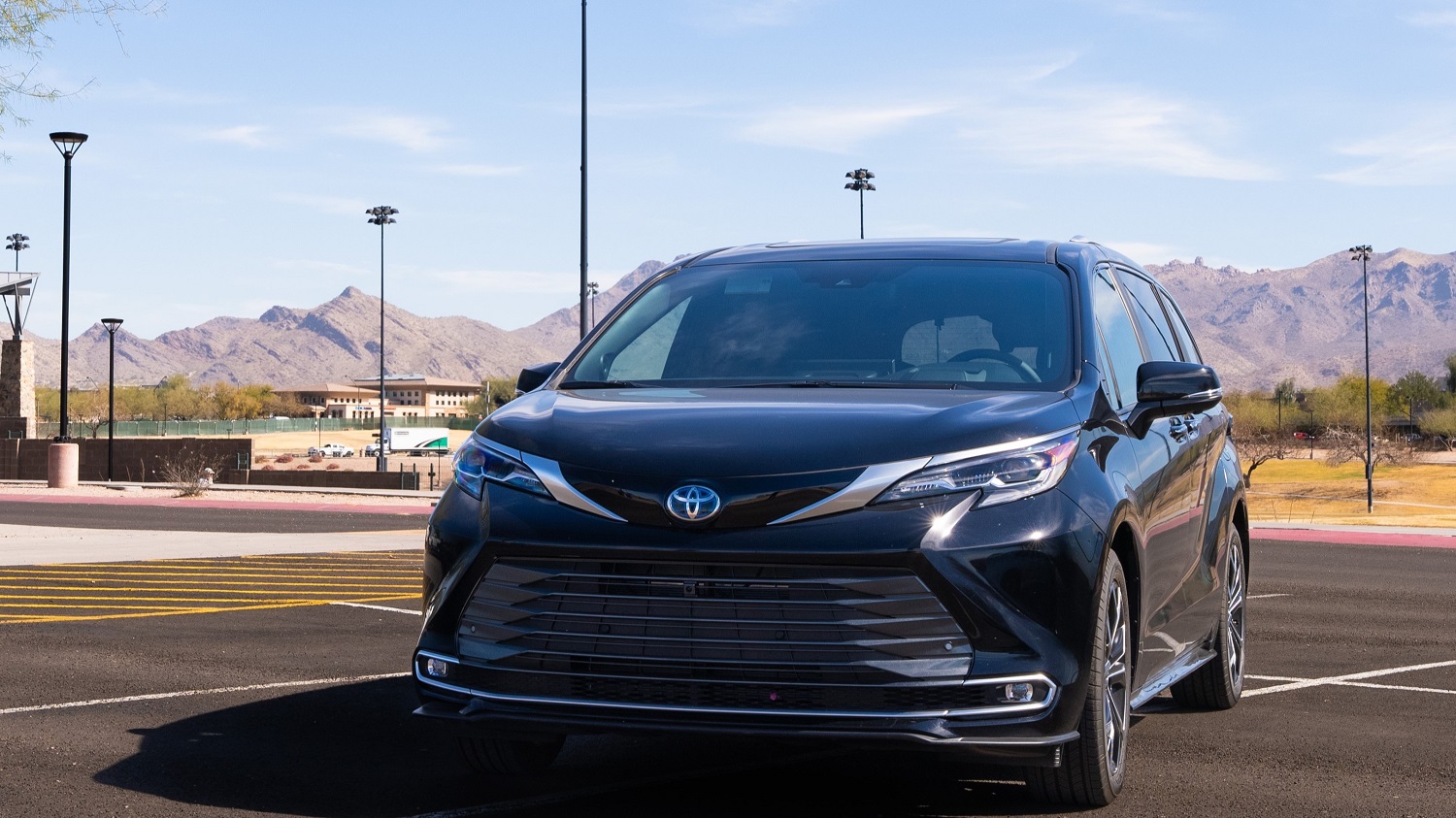
Stuff: Now that I’m a dad, I love minivans, especially the 2025 Toyota Sienna Platinum I tested back in April. Not only was it well equipped, comfortable, and fuel-efficient, but it also had room for so much stuff! It easily fit my wife in the shotgun seat and my son Hayden in his bulky car seat in the second row. There was plenty of space for storage totes in the back, even if I didn’t fold the third-row seats down.

Glow: Le Mans racing challenges the endurance of everyone and everything involved. Not only do the drivers have to stay awake for long stretches, but they also have to be 100 percent sharp and alert every second they’re behind the wheel. The cars’ engines have to hold up to the stresses of all-out driving and high-g turns. So do the brakes—they work so hard and absorb so much heat that they literally glow in the dead of night.
How would you associate these words with cars? Tell us in the Comments section below. And be sure to share your ideas for random words to use in a future installment of Car Connections.
